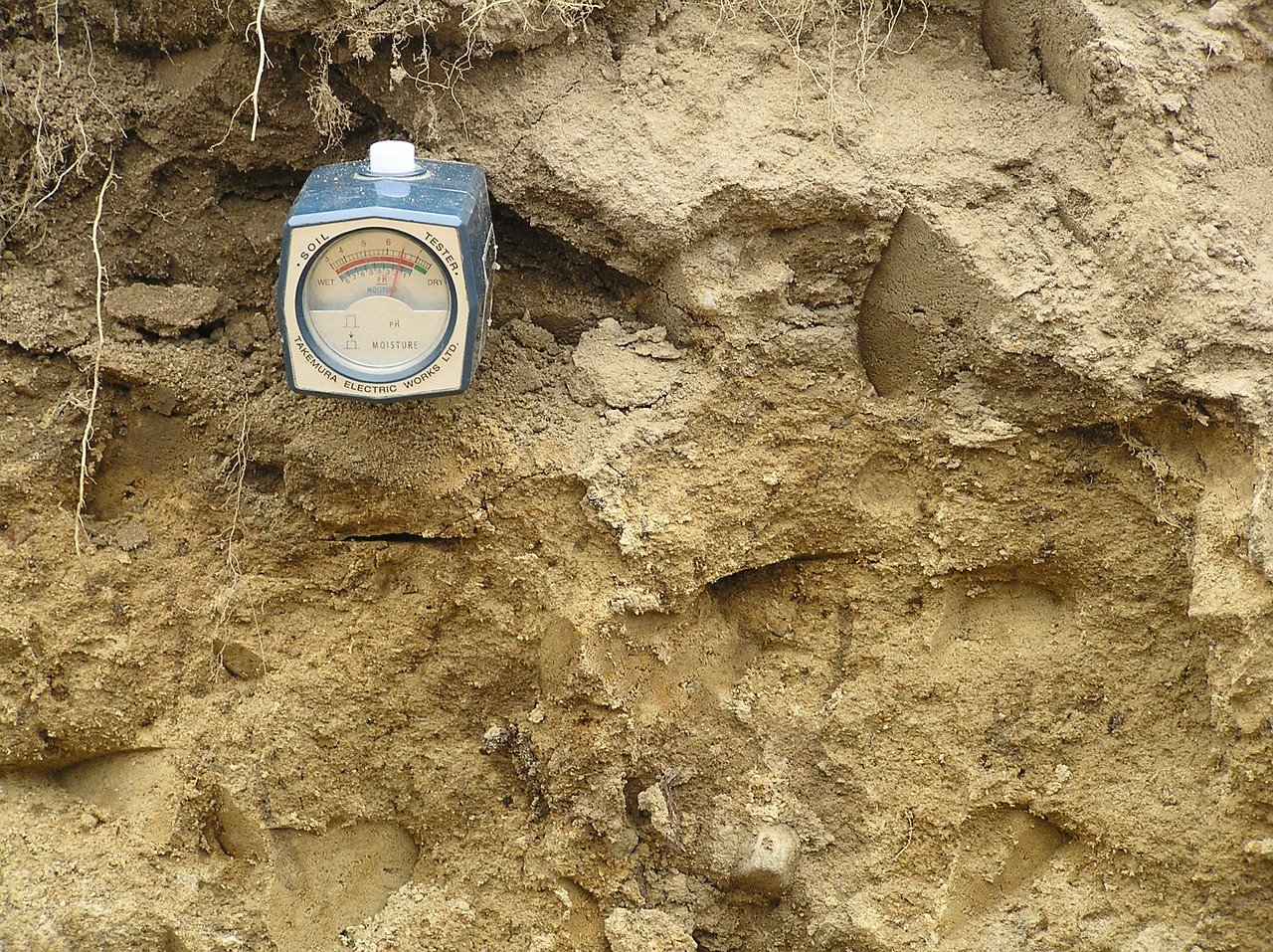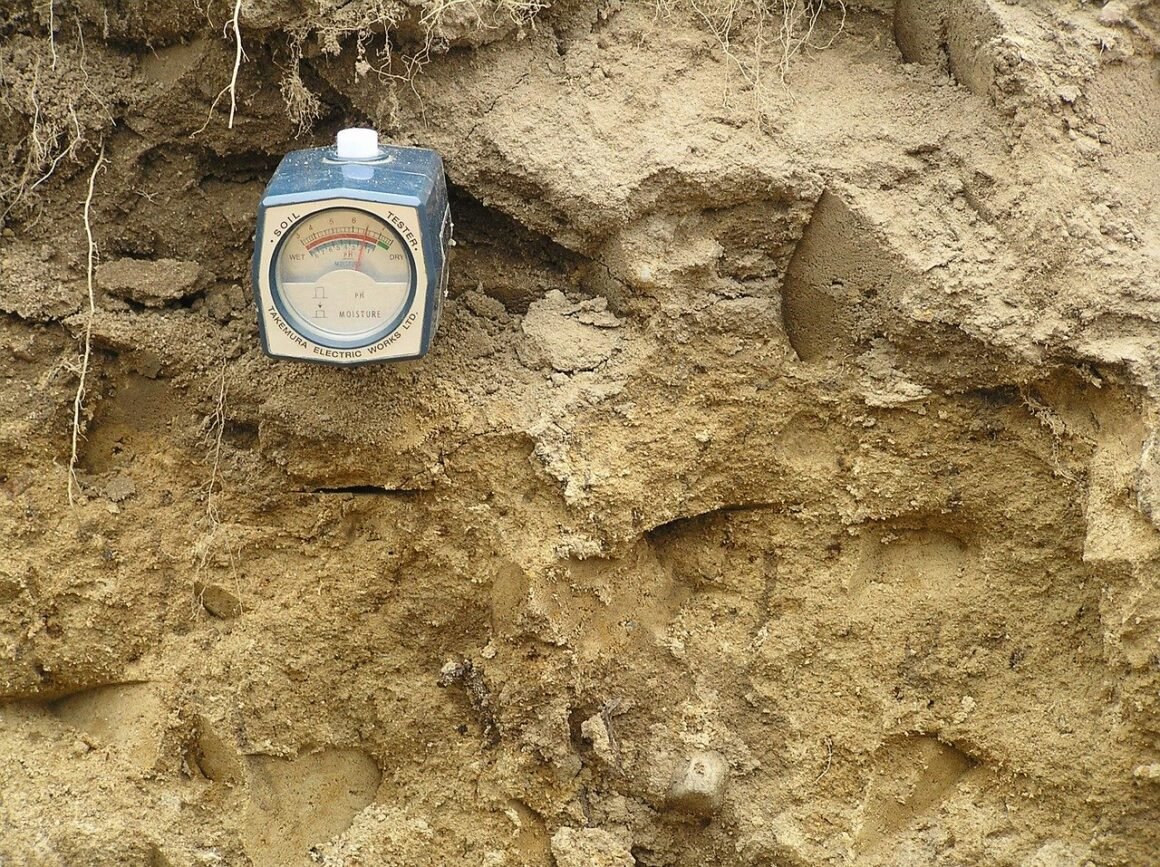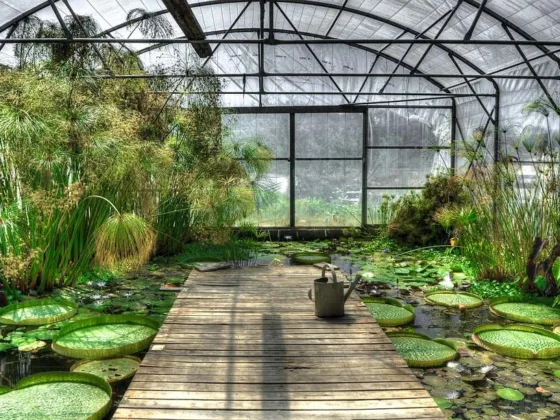Table of Contents Show
What is soil pH and how to change soil pH?
Soil pH value is the assessment of how acidity or alkalinity the soil is. The pH values are read from 0 to 14. A soil that its pH value is from 0 up to 6, it is said to be acidic while that with a pH value above 7 is said to be alkaline. A pH of 7 is said to be neutral.

Soil pH is very crucial in crop production since it influences the nutrient’s availability. In case the pH is greater or lower than what a certain crop needs, this greatly affects its growth quality. Different plants require different soil pH to grow efficiently.
Read Also:
- Important Steps to Winterize Your Lawn Care and Landscaping
- The Useful Techniques and Substances in Soil Stabilization
- DIY Landscapes: How to Landscape Your Lawn Like a Pro
- Make the Right Landscape Lighting Choice for Your Needs
- How to Lay Sod: 5 Essential Lawn Care Steps
- Hydroponic Lettuce: All About pH
How Does Soil pH HH Affect Nutrient Availability?
Soil nutrients occur in 3 major groups: primary, secondary as well as micronutrients. Soil pH affects the uptake of these nutrients by plants directly resulting in poor plant growth. The primary nutrients are those that plants require in large amounts.
Examples of primary nutrients are Nitrogen, potassium, and phosphorus. Secondary nutrients are very crucial to plants. However, plants require them in smaller quantities to facilitate proper growth.
Others like manganese and zinc are the micronutrients. These are needed in very little amounts.
Maintaining the soil pH at an optimum level helps to correct the deficiencies of several nutrients. When the soil pH is very high, that is acidic, some nutrients like manganese and aluminum happen to be more available to the plants.
As a result, they become very toxic to the plants altering their growth. Furthermore, when soil pH is very low, that is alkaline, magnesium, phosphorus plus calcium tend to be less available to plants making the crops have a deficiency.
What Are the Aspects of Disturbing Soil pH?
Parent rock material
The kind of parent rock materials in which soil is formed affects the soil pH. Soils that result from acid rocks usually have lower pH values that those from a basic rock material.
Fertilizer application
Fertilizers containing urea or ammonium react in the soil releasing hydrogen ions that makes soils more acidic.
Rainfall
Rainwater reacts with carbon dioxide forming carbonic acid. This makes soils found in parts with high rainfall to be more acidic since the acidic water leaches the basic cations in the soil.
What Are the Ways to Change Soil pH?
First of all, you need to determine the pH levels so that you can know how to change soil pH. The following are ways to test soil pH:
Use a litmus paper
Put some distilled water in a soil sample in a bowl. Insert a litmus paper in the mixture. Acidic soil will make the paper to turn red while basic soil will turn the litmus paper to blue.
pH testing kit
Mix the soil with an indicator then observe the color change.
Observing the soil profile
If your soil profile has a caliche portion, it means the soil is alkaline. In case you notice a poor integration of the organic layer with the beneath the mineral layer, it means the soils are strongly acidic. The columnar structure indicates sodic soils.
Use of pH meter
Dip an electrode into soils with some moisture. The pH reading will display on the screen.
Once you test your soil, you can now change the ph depending on the plant preferences. To change pH, you either increase pH if you have acidic soils or lower pH for alkaline soils.
How Do You Increase Soil pH?
Agricultural lime is the most common substance used to increase soil ph through a process by the name liming.
Depending on the soil’s buffering capacity plus how fine the lime is, you will be able to determine the amount of lime that will change the pH. A mesh size of 0.15mm will give you fine lime that reacts very with the acidity in the soil.
The amount of organic matter, clay content plus the type of clay determines the soil’s buffering capacity. Soils with high clay substances tend to have greater buffering capacity than those with less clay substance.
Also, soils with more organic content have greater buffering capacity compared to the soils with little organic content. Great buffering capacity calls for more lime addition.
There are other substances you can use in place of agricultural lime. These are; magnesium oxide, oyster shells, calcium silicate, burnt lime, and wood ash
How Do You Decrease Soil pH?
When the soil is strong alkaline you need to add acidifying materials to decrease the pH levels. One way of decreasing soil ph is through adding acidifying fertilizers like Urea, ammonium nitrate, and ammonium sulfate.
Ammonium forms nitric acid as it oxidizes hence adding more acid to the soil leading to a decrease in soil pH.
Elemental sulfur is also one of the best compounds to decrease soil ph. Apply an amount of 300 to 500 per hectare to your alkaline soils. Elemental sulfur oxidizes slowly forming sulphuric acid.
Some organic materials add acid to the soil. Examples are sphagnum peat moss and peat. In case your soil has much of calcium carbonate, about 2%, adding acids will be too costly and ineffective.
In such a case, try to add some nutrients like copper, phosphorus, and manganese to help plants to grow well in alkaline soils.
Frequently Asked Questions
Q: How long after liming should I sample the soil?
A: Take about 3 to 4 years so you can monitor your soil after liming. This time is enough for you to have the correct soil changes. You will be able to assess the amount of lime to apply to increase soil pH.
Q: How long does it take to change soil pH?
A: About 2 -3 years. However, this may vary depending on the current status of the soil plus the substance used to change pH. The abrupt change of soil pH causes negative effects on plants.
Q: Does add lime to soil helps in killing bacteria?
A: Yes, hydrated lime is used to purify soils as it kills all the germs as well as bacteria in the soils. It is also great in reducing odor that results from the killed germs and bacteria.
Conclusion
Soil ph affects the nutrient uptake by plants. For this reason, you should make it a habit to check your soil pH levels and treat them accordingly. Although the steps of how to change soil pH are simple and fast, the soil takes a long time to change.










